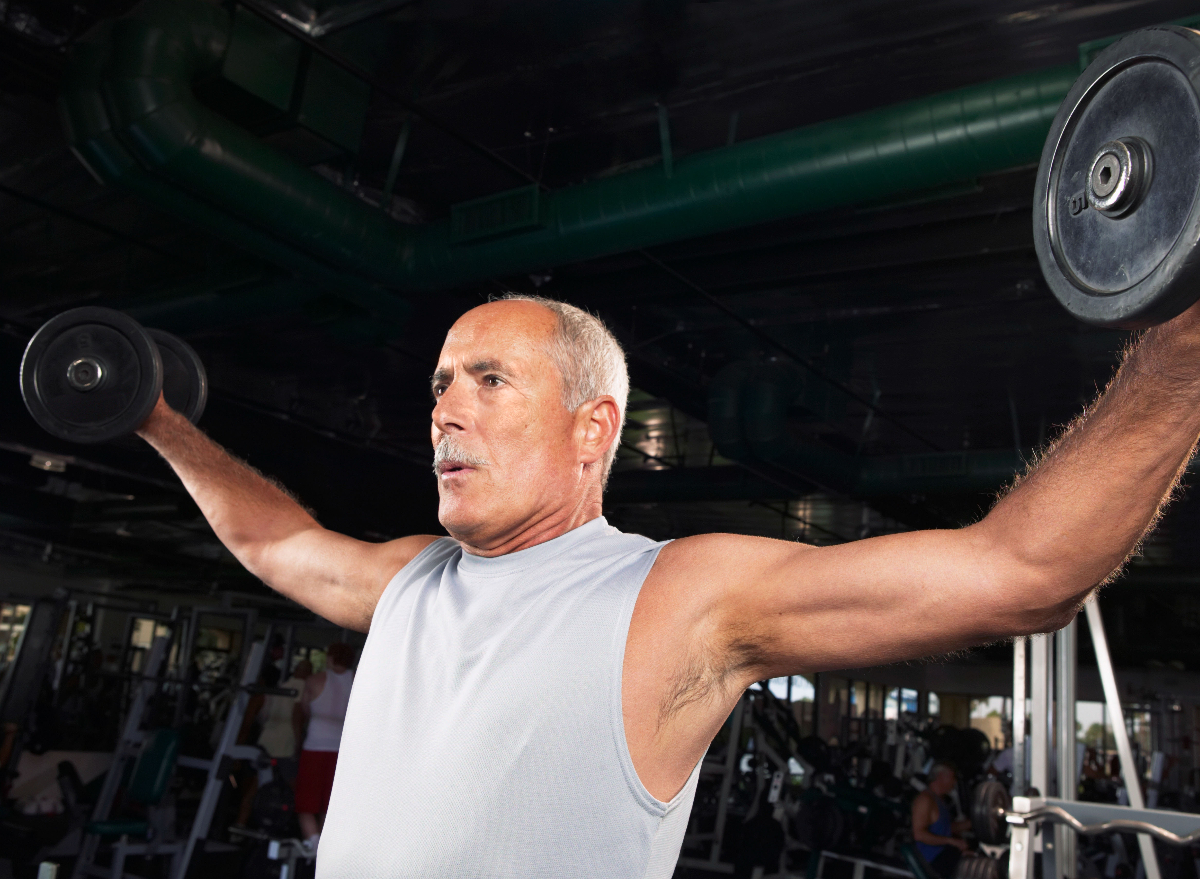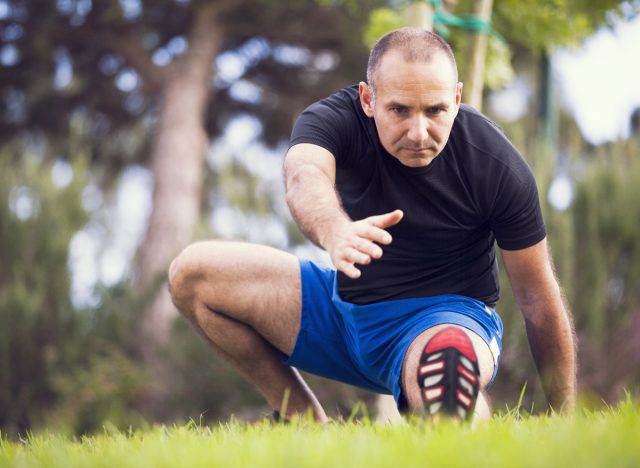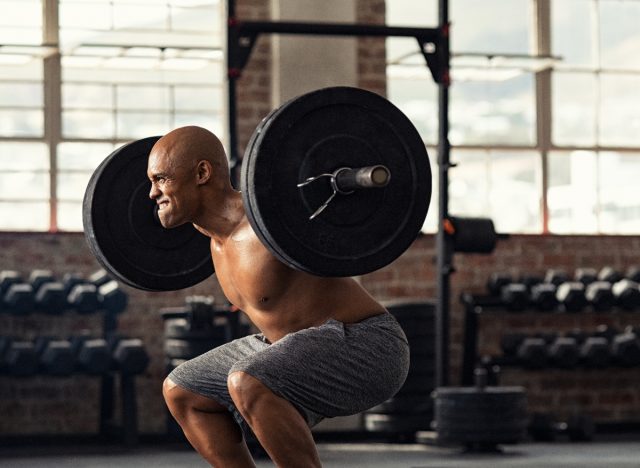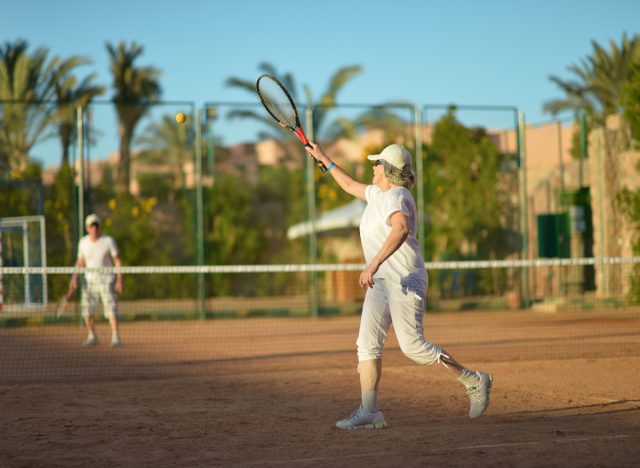
cc licensed ( BY NC SA ) flickr photo shared by courosa
Over the last two weeks, we’ve been heavily immersed in digital storytelling. In the initiating post, suggestions were provided for developing and thinking about digital stories, and we’ve been so happy with the ensuing conversation. Now, we’re going to dive into another topic that will require you to think deeply about how we attain knowledge and about our relationships with/in the digital world.
There have been numerous studies which examine the nuances among differing definitions of so-called new literacies (Pinto, Cordon, & Gomez Diaz, 2010). Since the first use of the term “information literacy” in 1974 (Pinto et al., 2010), varying terminology has been used to define the ability to find, analyze and use information in a changing knowledge landscape (Pinto et al., 2010). In recent years, many academics have added a social and cultural layer to the definition of these literacies.
Terminology used for these literacies include “information literacy”, “digital literacy”, “technological literacy”, “computer literacy”, “media literacy”, “communication literacy”, “internet literacy” and other ambiguous terms.
As Doug Belshaw points out in his doctoral thesis (2011), these terms “do not have the necessary explanatory power, or they become stuck in a potentially-endless cycle of umbrella terms and micro literacies,” (p. 200). Belshaw makes an impressive case for ditching the semantic argument and focusing on the improvement of educational practice. He also suggests that the term “literacy” is too binary and that in the context of digital or web skills the plural “literacies” should be used to show that in these realms there are no ‘literate’ or ‘illiterate’, but rather degrees of literacy (Belshaw, 2011). Perhaps those who experienced our last topic on Digital Storytelling may agree.
So over the next two weeks, we will be exploring what it means to be digitally literate. We’ve invited some amazing thinkers including Doug Belshaw, Howard Rheingold, Will Richardson, and Audrey Watters to lead us through certain aspects of this topic (see the Calendar for specific dates and times). And, as always, we’re hoping that the #etmooc community will participate through writing and commenting in our collective blog spaces, using the #etmooc hashtag on Twitter, in our Google Plus Community, and in other spaces of choice.
Here are some questions to get you started. Feel free to respond in any format you like (blogpost, tweet conversation, Google+ Community thread, digital story, video blog, etc.)
- What does it mean to be digitally literate?
- What is the difference between being digital literate and web literate?
- How does digital literacy relate to participatory culture?
- What digital competencies and skills do your learners demonstrate through their daily use of technology?
- What digital competencies and skills are required by our emerging knowledge economy/age?
- What are the differences between digital literacy and digital fluency?
- What is the role of attention within the spectrum of 21st century literacies?
- What are the problems inherent in defining literacy, fluency, skills, and competency today (e.g., using terms like 21st century literacies, digital fluency), and how do these affect curricular development, pedagogy, and the work of teachers and students?
Take up any of these questions, or find and explore others. Let’s take this opportunity to go deep over the next two weeks. We look forward to the conversation!
References
Belshaw, D. (2011). What is “digital literacy”? Durham University. Retrieved from http://neverendingthesis.com/doug-belshaw-edd-thesis-final.pdf
Pinto, M., Cordon, J. A., & Gomez Diaz, R. (2010). Thirty years of information literacy (1977–2007): A terminological, conceptual and statistical analysis. Journal of Librarianship and Information Science, 42(1), 3–19.




